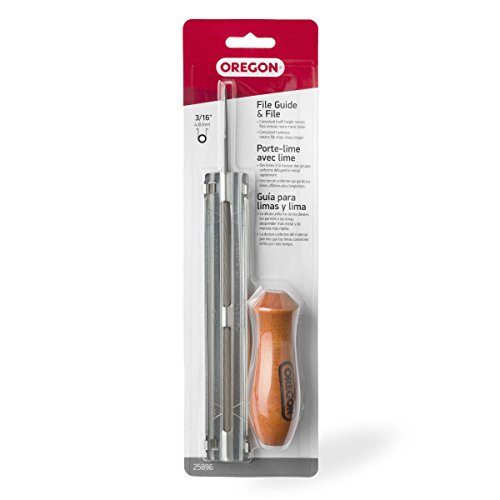bsmith717
ArboristSite Operative
Clean it up then before you post pictures, that can't back up your ASSertions. Want to try with "good" pictures again?
Now could You pull the chain along the bar groove over the sprocket, or not? Your videos seemed pretty clear, posts #36-38.
Have you checked the rim pitch yet?
Before/after steel brush.
The drivers are not damaged.

















